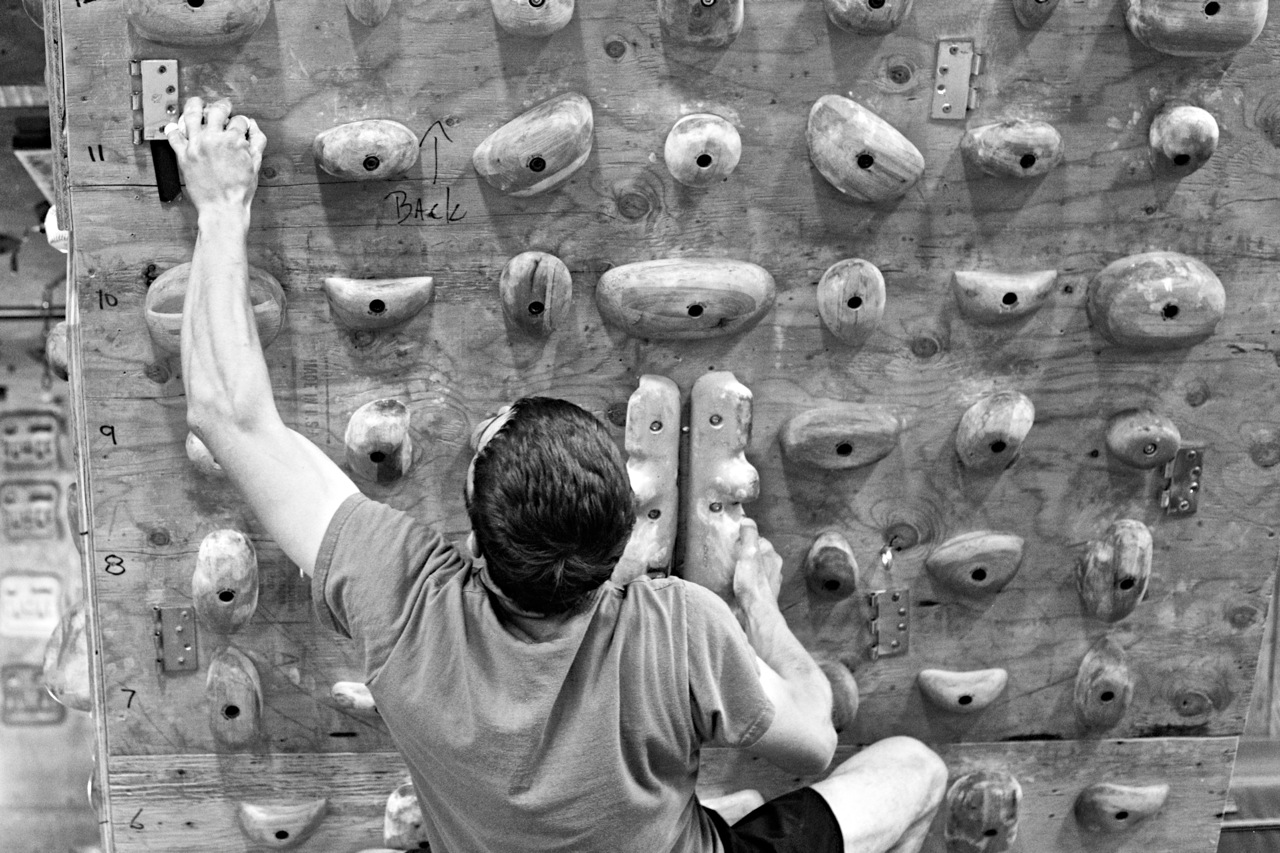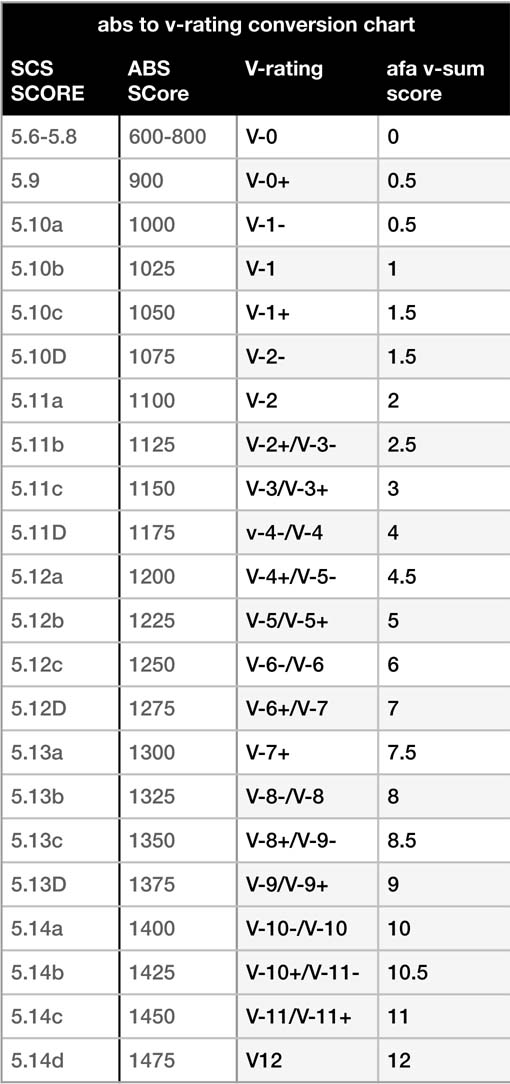
by Jordan Smothermon
Anyone who’s done one of our plans most likely knows that we are big proponents of assessments. Assessments provide data. Those data can then be applied to the athlete in a number of ways.
For example, assessments can tell you where your fitness is lacking, if you’re training is working to improve what you’re assessing, and provide motivation – after all, increasing numbers on assessments are crucial for an athlete’s investment in training.
These are just three examples of what assessments can do – there’s more for another time.
One of our favorite assessments is the V-Sum for climbers. During our sport-specific climb cycles, we do it every Monday. Our version is largely influenced by the training style of Steve Bechtel (his great book Power Endurance: Fatigue Management for Rock Climbers is an essential read for anyone looking to push their improvement at the crag), and its genius is owed to him, though he uses and applies it to climbing differently than we do.
The V-sum
Warm-up:
3 Rounds
Traverse across an open and relatively easy wall, making 25 total moves (so, your hands will use 25 holds).
5x Push-ups
10x Sit-ups
Ultimate Wrist Stretch
Training:
(1) V-SUM:
In 50 minutes, climb at least 8 unique bouldering routes.
Then add the grade of the hardest 8 problems you climbed (ex: V-0, V-5, V-4, V-2+ are grades).
You can climb more than 8 in the 50 minutes, but only add up the hardest 8 you do.
For example, let’s say you climb 9 routes of the following grades:
V2, V3, V4, V5, V4, V3, V1+, V0, V0*
Add the only the eight highest: 2 + 3 + 4 + 5 + 4 + 3 + 1.5 + 0 = 22.5
*Count all routes with a + or – after their number as .5 points higher (for +) or lower (for -). So, a V2+ is 2.5, just as a V3- is.
Why is this simple test so great?
Well, first, it’s simple. Second, it is a test of Power Endurance for climbers – how long they can maintain a certain level of performance difficulty against fatigue.
For the example in the explanation above, the climber would have good power (V5 is tough) but not good power endurance (peaked at V5, then fell off sharply for route numbers 7, 8, and 9.
By setting up a proper training program, you could see the improvement week over week. 22.5 this week, 23.5 next, and so on.
Third, the test is a training session. You only have 50 minutes, so you can’t move through the rock gym in typical climber style of climbing one route every 15 minutes. You have to be purposeful. You have to know which difficulty to start with and which is next. You have to be efficient about your choices – a V6 too early and you fail means you’re going to be on the precipice of pumped for the next 40 or so minutes. In this way, it’s sort of a game – you have to know where and when to burn your matches so that you don’t burn them all too early, or leave some in the matchbook.
Lastly, It’s great technical practice since you’ll be striving to use every bit of feet you can muster to save your forearms for the next route.It’s easy to see how the V-sum applies to bouldering – it’s a direct transfer. But what about sport climbing? We’ve found it correlates well.
Crack climbing, however, is harder to see a connection between, since it takes a particular type of hand strength not found on boulder problems in rock gyms. Yet, if I had to guess, I’d say a top crack climber would do better on a V-sum than an average crack climber, though not as well as a top boulderer.
Give the V-sum a shot. See how you hold up. But make sure to come back to it to see if you’re training really works.
You Might Also Like Spring 2019 Rock Climbing Cycle Results in Ave 37.5% V-Sum Improvement
